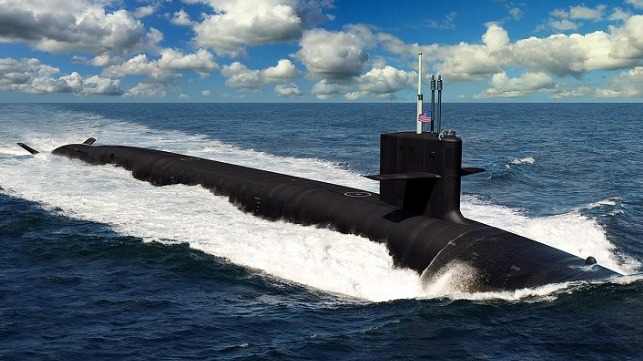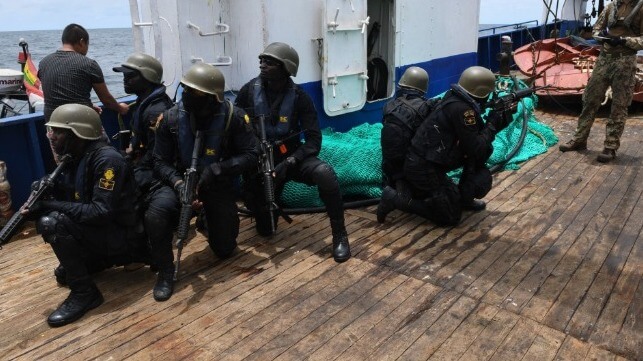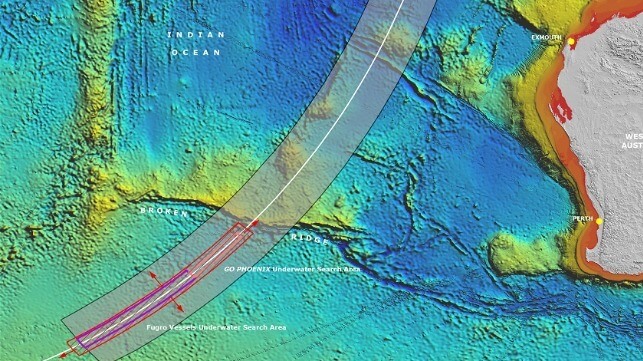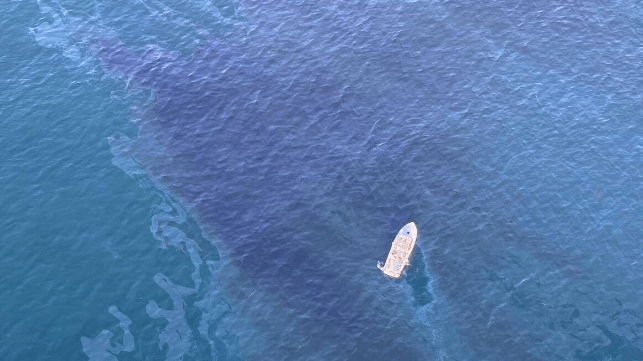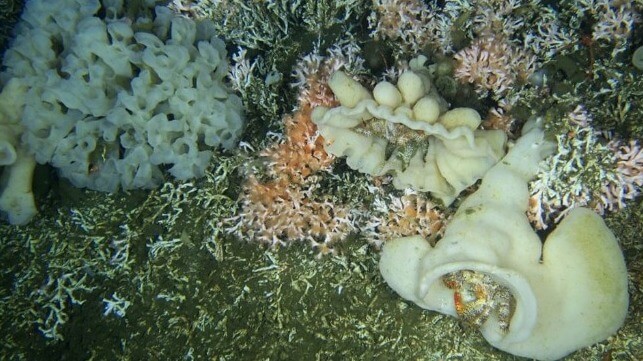Journey to Sustainability: When Does the LNG “Bridge” Become the “Road”?
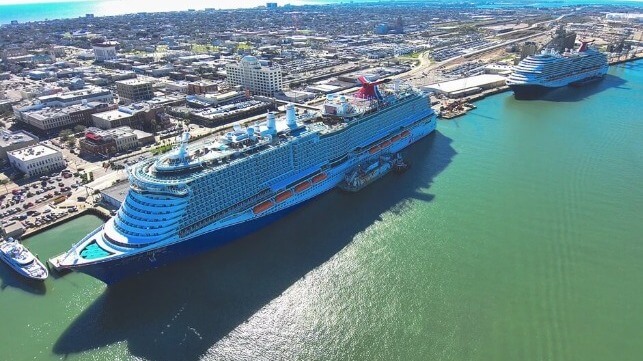
(Article originally published in Jan/Feb 2024 edition.)
In 2012, liquefied natural gas (LNG) as a marine fuel was a budding contender in the maritime industry, holding less than one percent market share.
At the same time, NASA's Aura satellite, equipped with an Ozone Monitoring Instrument, finished capturing images of elevated nitrogen dioxide (NO2) levels along shipping lanes, highlighting the environmental impact of traditional marine fuels.
These oxides of nitrogen (NOx) are known to produce fine particles and ozone, significantly harming cardiovascular and respiratory health—a concern underscored by the World Health Organization, which attributes approximately seven million premature deaths annually to air pollution.
The landscape has dramatically shifted forward since then: 469 LNG-fueled ships are now in operation with an additional 537 newbuilds on order. This surge places LNG at the forefront of the alternative fuel orderbook, as reported by DNV.
LNG's appeal lies in its ability to cut greenhouse gas emissions by 23 percent, sulfur emissions by 99 percent and nitrogen oxide emissions by nearly 99 percent. This is done by purifying and super-cooling natural gas to reduce its volume by 600 percent, enabling efficient transport and storage.
In the “basket of alternative fuels,” LNG stands out for its environmental benefits, established infrastructure and the industry's commitment to future-proofing maritime operations through significant investments.
SEA-LNG
Peter Keller, Chairman of the SEA-LNG coalition, and COO Steven Esau present a unified vision of the maritime industry's transition toward cleaner, sustainable fuel alternatives, particularly LNG.
Reflecting on the industry's evolution, Keller recounts the delivery of M/V Isla Bella to Tote in 2015, the first LNG-powered container ship, as a pivotal moment that heralded a new era: "Today, with over 1,000 LNG-fueled vessels either operational or on order, we're witnessing a remarkable surge in adoption. This growth, especially notable in the last two to three years, directly responds to increasingly stringent IMO regulations."
At the same time, he acknowledges the broader challenge of decarbonizing the global deepsea fleet, estimated at 60,000 vessels, and the critical issue of urban air quality.
Keller highlights LNG's environmental and operational advantages including significant reductions in sulfur oxides (SOx), nitrogen oxides (NOx) and particulate matter. He contrasts LNG's higher energy density with other proposed alternatives, which could affect cargo capacity and financial viability: "The logistical challenge of building infrastructure and supply chains for these fuels, especially in major ports like Singapore, Rotterdam and New York, cannot be overlooked. LNG's widespread availability and proven safety record make it a practical and immediate solution for reducing emissions."
Addressing concerns about methane slippage, Keller notes that advances in engine technology have significantly mitigated this issue. He emphasizes the importance of understanding the characteristics of available fuels and points out LNG's potential for reducing greenhouse gases by 23 percent using two-stroke technology with further gains possible as bio-LNG becomes more accessible.
Echoing his colleague’s sentiments, Esau questions the academic approach to decarbonization as lacking a practical understanding of the maritime industry: "Now that regulations must be complied with, shipowners are seeking viable pathways to decarbonization. LNG is proving to be the most viable and safest pathway for the maritime industry's decarbonization."
He underscores the necessity of actionable solutions over theoretical debates, highlighting LNG's role as a cornerstone in the industry's efforts to meet environmental regulations and achieve sustainability goals.
Keller concludes with a call to action: "Like Nike, Just Do It!" He calls for decisive steps toward adopting LNG and preparing for future advances. Hoping for a perfect fuel alternative is not a strategy. The industry must commit to viable, immediate solutions.
"Current LNG-fueled engines are adaptable, capable of 'dropping in' blends of LNG and hydrogen, which positions us well for a transition to bio, blue and synthetic LNG variants," he asserts.
Galveston LNG Bunker Port
Facing evolving regulatory challenges and a solid commitment to sustainability, the U.S. maritime industry is advancing with significant private capital to modernize Jones Act vessels and enhance port infrastructure.
An example is the collaboration between Pilot LNG and Seapath to develop the Galveston LNG Bunker Port (GLBP), slated to become the U.S. Gulf 's first dedicated LNG bunkering facility. The electric-driven facility will initially liquefy 300,000 gallons per day (gpd) from locally sourced natural gas, scaling to 600,000 gpd with two three-million-gallon storage tanks.
Anticipated to start operations by late 2026, the facility is a pivotal step towards aligning with stringent environmental regulations and shifting toward cleaner maritime fuel alternatives.
Benson Peretti, Executive Vice President of Seapath, emphasizes the strategic significance of GLBP: "Drivers such as IMO 2020 (limiting sulfur in fuel to 0.5 percent mass) and the U.S. being an Emission Control Area (more stringent at 0.1 percent) position GLBP to significantly reduce emissions in Galveston Bay." He highlights the facility's role in supporting operational needs for LNG-fueled vessels. This type of infrastructure enables the maritime and cruise industries to modernize their fleets by replacing older vessels and homeporting new, cleaner ships.
Reflecting on LNG's evolving role, Peretti asks, "LNG has been called a ‘bridge,’ but when does the 'bridge' become the 'road'?"
Considering LNG's more than a decade of use—nearly half the lifecycle of many ships—this question hints at the broader implications of shifting trade routes and the resonating effects of LNG infrastructure investments, which could yield unknown yet impactful dividends.
Captain Jonathan Cook, CEO of Pilot LNG, emphasizes the project's aim to address a crucial infrastructure gap – particularly in Galveston Bay and the greater Houston area, which comprise the U.S.'s largest port complex and fourth-largest cruise port. Establishing GLBP as a dedicated facility for supplying LNG bunker vessels and barges is a testament to the industry's foresight in enhancing these critical maritime hubs' operational capabilities and environmental performance.
Rodger Rees, Port Director and CEO of Galveston Wharves, further elaborates on the initiative's wider benefits, stating, "Providing LNG fuel at the port positions the Port of Galveston to attract the latest, technologically advanced cruise and cargo ships." He notes the environmental and economic advantages of adopting LNG including improved air quality and job creation, contributing to the port's and community's sustainability efforts.
Cruise Industry Adoption
The dual-fuel Carnival Jubilee, the first new ship to homeport in Galveston, showcases the cruise industry's dedication to LNG. The vessel has secured fuel services with Stabilis Solutions and Seaside LNG, utilizing a specially equipped barge for LNG delivery.
The arrangement highlights the operational flexibility of the Jubilee which, aside from running on LNG, is able to use traditional marine diesel fuel as well, ensuring a seamless transition toward cleaner energy sources.
Further emphasizing the cruise sector's investment in LNG infrastructure, again in Galveston, Royal Caribbean inaugurated a $125 million terminal in 2022, strategically positioned within a drive-to market accessible to an estimated 50 million people. The terminal's significance was evident during the 7,600-passenger Icon of the Seas’ shakedown cruise when CEO Michael Bayley alluded to future plans for the port.
"It wasn't an accident that we built that beautiful $100-and-whatever-it-was million-dollar terminal in Galveston, Texas,” he exclaimed, “which, by the way, is our highest-rated terminal experience in the world. I'm not giving away our strategy here, but if you use your imagination, big things are coming," hinting at Galveston's growing role as a key hub for LNG-fueled cruise operations and perhaps a third ship in the Icon-class after Star of the Seas.
JAX LNG
Pivotal LNG, a subsidiary of Berkshire Hathaway Energy, a conglomerate known for its comprehensive involvement in natural gas processing, pipelines, storage and LNG production, recognizes LNG as the most viable marine fuel solution for the North American market in the immediate future.
Pivotal LNG operates three key facilities—JAX LNG, a joint venture between Pivotal LNG and Seaside LNG in Jacksonville, Florida, Towanda LNG and Trussville LNG—collectively producing 470,000 gallons per day and boasting nine million gallons of storage capacity along the East Coast.
JAX LNG is the pioneering facility, completing over 650 marine bunkerings including the M/V Isla Bella. With the additional access to Jones Act LNG bunker barges owned by Seaside LNG, the Clean Canaveral and Clean Everglades, JAX LNG is a leader in the LNG fueling space.
Journey to Sustainability
In the maritime industry's journey to sustainability, LNG has evolved from a transitional “bridge” to potentially becoming the “road” to the future. Infrastructure developments in fueling operations like the Galveston LNG Bunker Port (GLBP) and JAX LNG underscore the sector's commitment to cleaner energy.
With significant investments from industry giants like Royal Caribbean, which signal a broader shift toward LNG, ports like Galveston are poised to play a crucial role in accommodating LNG-fueled vessels.
This collective move toward LNG reflects the industry's dedication to a sustainable future. It redefines trade routes and operational strategies, marking a significant step in the maritime sector's embrace of LNG as a foundational fuel choice. – MarEx
Frequent contributor Sean Holt writes from Singapore.
The opinions expressed herein are the author's and not necessarily those of The Maritime Executive.
